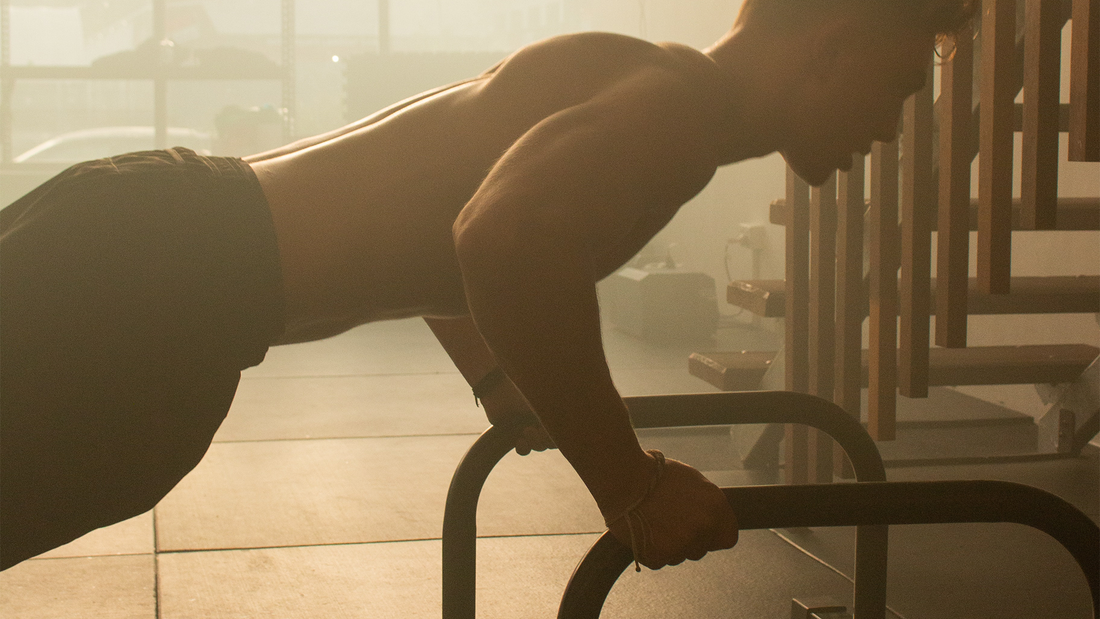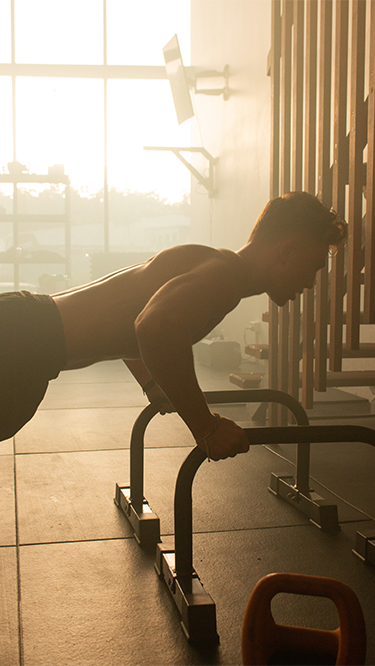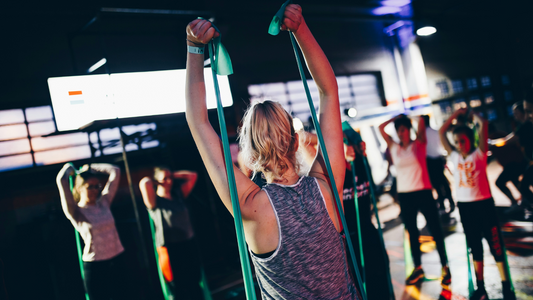

How to Start Your HIIT Training: A Beginner's Guide
In recent years, High-Intensity Interval Training (HIIT) has gained popularity because it is both a quick workout and has proven to be very effective for weight loss, muscle gain, metabolism, and aerobic conditioning.
The quick workouts and ability for HIIT training to be adapted to each person’s unique fitness journey is what have given these workouts longevity and make them great for beginners. For many people getting into a fitness or exercise routine, finding time and equipment are the biggest barriers. HIIT training times can be adjusted based on a person’s schedule or fitness level and does not require equipment. As you get started, ZOZOFIT is here to help.
What is HIIT training?
As the name suggests, HIIT training uses cycles through bursts of high-intensity exercise, followed by short resting periods. This maximizes calories burned and helps to improve cardiovascular fitness. The workout is designed to be done quickly at maximum effort to achieve results in a short amount of time.
How long should my HIIT training session be?
When you’re just starting out, a 10-15 minute HIIT session is a great goal to have. The workout will still be effective and starting with shorter workouts gives you the chance to build your base overtime. This will prevent injuries and also help you acclimate to the new style of workout, and any specific exercises you’ll be doing or equipment you will be using.
When researching HIIT Training, you may have also come across the following terms: tabata training, circuit training, As Many Reps As Possible (AMRAP), Every Minute on the Minute (EMOM), and ladder. Each of these fit within the HIIT framework, but offer more structure to the workout than the classic HIIT style.
While each of the above options would work for beginners, we like the Tabata training and circuit training approaches the best.
Tabata training consists of 20 seconds of high-intensity workout, followed by 10 seconds of rest. This is repeated 8 times, for a total of four minutes. This makes tabata a beginner-friendly option, especially for anyone crunched on time.
In circuit training, you rotate through a variety of exercises that target different muscles. Each circuit station is timed, and once complete you take a short rest, and then move to the next station. Once you’ve completed every workout, you have completed 1 circuit. For beginners, just starting with one circuit should be enough, but there is an option to add on additional circuits if desired.
Exercises for HIIT Training
One of the best things about HIIT training is that it’s completely customizable. Depending on where you live and your access to equipment, you can change the workout style.
Some people prefer to do running or biking HIIT training, where they incorporate high-speed/high-intensity, with a short rest period afterward.
Many HIIT workouts are focused on short strength training exercises to be completed within a specific time frame. High-Intensity with Kayla is a popular HIIT strength-focused circuit program of this type for women, but there are also many free versions online. Once you are comfortable with the workouts you could even design your own!
Low impact HIIT options include using the elliptical and swimming. These options are best if you have trouble with knee pain or your back. The concept remains the same regardless of what kind of exercise you are doing.
Getting Started with HIIT Training
If you are completely new to fitness and exercise, especially high-intensity training, it’s best to take it slow with your HIIT Program. Incorporating 1-2 workouts a week to start can help you build a baseline, which will then allow you to add more workouts per week, as well as increase the difficulty of the workouts you are already doing.
Like with any workout, it’s important to plan your fitness and find a time to do your workout. If you are a beginner, you may not have a time everyday dedicated to fitness. Adding this to your calendar can help you make time for your workout.
Whatever kind of HIIT training you choose, make sure you are practicing correct form to prevent injury and maximize impact. Watching YouTube videos of specific exercises can help you learn the basics. If you are concerned about your form, consider exercising in front of a mirror so you can watch yourself and make adjustments as needed.
Also, never forget to warm-up! Warming up helps your body get ready for the workout. Just five minutes of walking and some dynamic stretching is enough to make sure you are ready to get moving.
What You Need for a HIIT Workout
Above, we mentioned that HIIT workouts don’t require any extra equipment, but there are some things you might need, even when getting started.
First, make sure you have a good, supportive pair of athletic shoes. You will want to make sure you are wearing shoes during these workouts to provide stability. If you don’t have shoes, many running stores will fit their customers with shoes perfect for their foot shape.
Like with any workout, having water on hand is a must. Because HIIT workouts are so intense, you will sweat and possibly fatigue. Having water prevents dehydration.
If you choose to do strength exercises, a workout mat or yoga mat can provide you a firm, yet cushioning space to complete your workouts.
Remember, that you don’t need fancy equipment! Starting with bodyweight exercises or using household objects as weights until you are ready for the next step is completely fine!
Learn to Track Your Progress
Whatever your goal for your HIIT workouts, it’s important to find a way to track your workout progress.
People who do HIIT workouts often see results in how their body changes over time, and many of these changes do not come through on the scale. With ZOZOFIT, you can track your body measurements over time and see how your HIIT workout is impacting your physique.
The ZOZOFIT app will compare past and present scans to give you a visual on how your HIIT workouts have improved your overall health. Check out how ZOZOFIT can help you keep tabs on your progress today!

![zf-w-[168px] zf-h-[40px]](http://zozofit.com/cdn/shop/t/15/assets/logo-desktop.png?v=117713855448369080381753069598)


